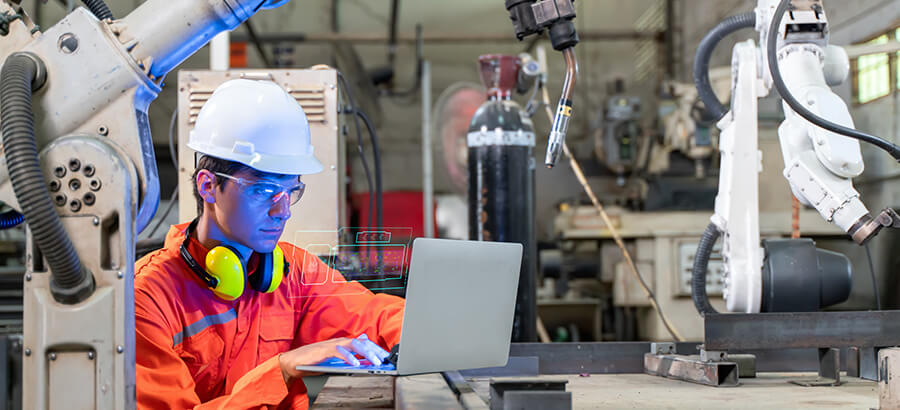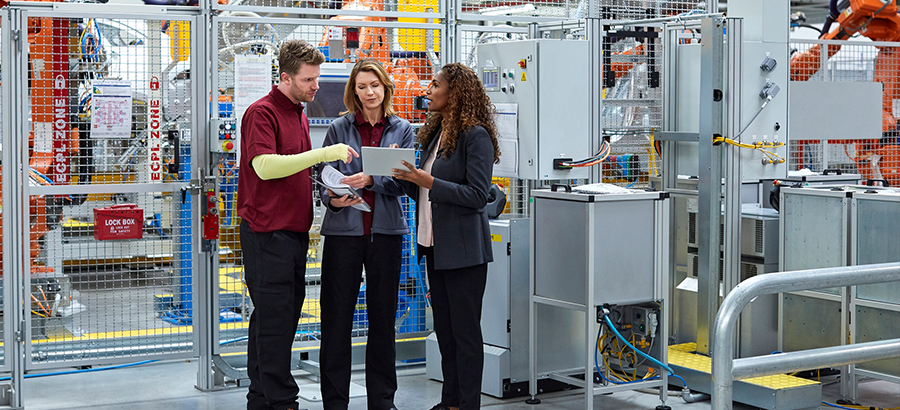For several decades, manufacturers have developed their strategies based on relatively stable assumptions. But in the last few years, the business model of original equipment manufacturers (OEMs) has started shifting to where firms increasingly have to provide services along with their traditional physical products. Adding services to products was originally termed the servitization of business , but is now being called Equipment-as-a-Service (EaaS), or Assets-as-a-Service, as part of the ‘as-a-service’ model that refers to the delivery of something as a service, rather than providing a product
For customers, the ‘as-a-service’ model gives better value than purchasing. For OEMs, the goal is to convert one-time buyers into ongoing subscribers. As a result, EaaS is creating new relationships between equipment manufacturers and their customers.
The changing OEM world
Manufacturers are experiencing shorter product cycles with more frequent changes, and growing competition, making it harder to differentiate and remain at a competitive advantage. In other industries, this has occurred and new entrants now dominate. For example, Blockbuster and Blackberry did not see changes coming, even resisted changing, and were replaced by Netflix and Apple. Today’s equipment manufacturers must ensure they don’t ignore change, and must embrace new practices and technology so they can adapt their business models and service operations to meet changing customer demands.
What is Equipment-as-a-Service
Companies are changing their demands on equipment manufactures. They don’t look for products, they want a solution to a business problem. With the solutions, they want better outcomes such as greater reliability and more up-time. As with areas such as technology infrastructure, they also want to move from Capex (Capital Expenditure) to Opex (Operational Expenditure). For OEMs, delivering these solutions often requires a combination of products and value-added services. For customers, a product-service combination lets them focus on their core business, knowing that the supplier will take care of installing, maintaining, and repairing products.
How manufacturers must change for EaaS
In the past, manufacturers differentiated themselves by the products they offered. However, by combining these products with in-house knowledge and skills to provide a unique set of services, manufacturers can create a competitive advantage.
After-sales services, such as warranty and repair, are a common way for manufacturers to add value to products, retain customers and raise the bar to competitor entry. Some OEMs have started evolving service contracts to include service level agreements for response time, mean time to repair, total uptime and other metrics that emphasize outcomes.
But for a manufacturer to adopt EaaS, it’s not just a matter of bundling an extended warranty to a product sale. To propose metrics that a customer will value, the manufacturer must have deep and relevant knowledge of how their product will be used by the customer. Monitoring those metrics requires a predictive approach that enables equipment to be proactively repaired before it breaks down.
It means OEMS must move from a product to a service mindset. This entails breaking the focus on transactional, product-based sales and being more outcome-based. Long-term revenue growth will come from building relationships and delivering superior service instead of simply selling products.
OEMs will also need to start embracing new technology. In the last two decades, the cost of sensors, network hardware, computing power, data storage, and communication bandwidth have all fallen dramatically while performance has sky-rocketed. At the same time, cloud computing systems have made powerful applications, like predictive analytics, cheaper and faster to implement at scale. Wireless communication and mobile devices have made access easier on the shop floor and in the field. Modern manufacturing will be redefined by this flood of data, powerful digital capabilities, and widespread communications.
The challenges of EaaS
When it comes to EaaS, the biggest challenge facing OEMs is how to transform a manufacturing organization into one which offers services. Delivering new services requires different capabilities to those used in manufacturing. This is even more challenging because there is no standard framework for companies wishing to adopt EaaS.
Although there are some key areas that need to be addressed, going the EaaS route means breaking down functional silos, reorganizing existing teams and realigning incentive structures. There is a danger that an OEM can over-estimate its maturity in terms of service delivery and end-to-end process readiness. Then there is the corollary danger that the manufacturer under-estimates the changes that need to be made, as Kodak did to its cost.
There are also purely administrative issues. How does finance account for the new business model? More importantly, how does it bill for services and outcomes delivered?
Finally, there is a major personnel training change. For the customer, it involves a training strategy for equipment operators. For the OEM, it involves upskilling staff and preparing service technicians for their new roles.
Benefits
Like other areas of life and business, by making the effort to address the challenges of change, definite benefits can be achieved:
- Growth in revenue and profit
- Faster responses to customer needs
- Improved product innovation
- The building of new revenue streams
- Increasing customer loyalty
- Setting higher barriers to competition
The next decade will be the era of the subscription economy in the industrial sector with business models like Equipment-as-a-Service and Pay-per-use gaining increased importance. It will be the fast movers among the OEMs who will benefit most from the opportunities of EaaS, outperforming their competition.
Look out for our next blog on EaaS in which we discuss how manufacturers can provide services and solutions that supplement their traditional product offerings to meet the changing demands of customers and increase market share.








3 thoughts on “Equipment-as-a-Service Part 1: Exploring the new opportunity for manufacturers”